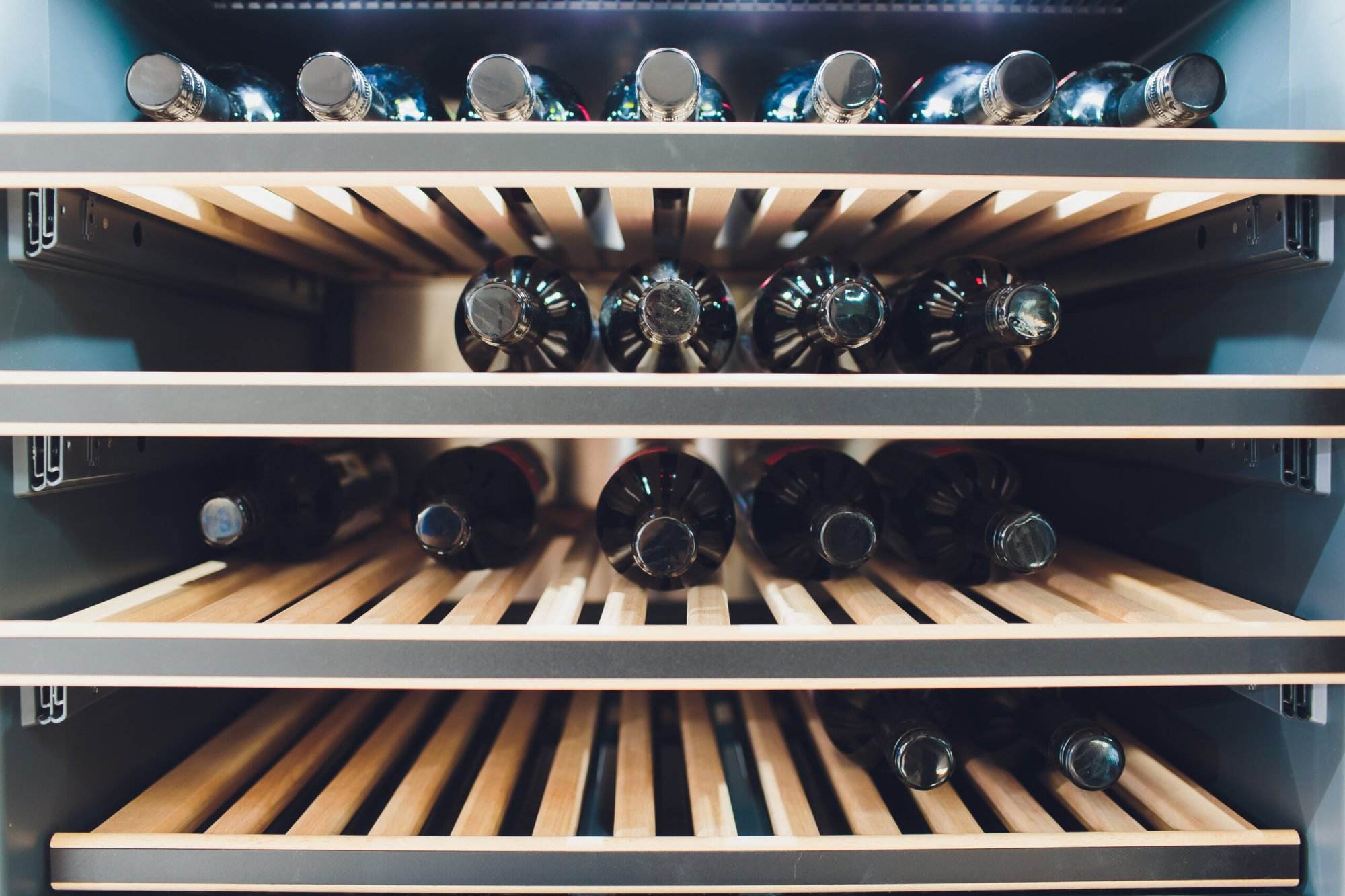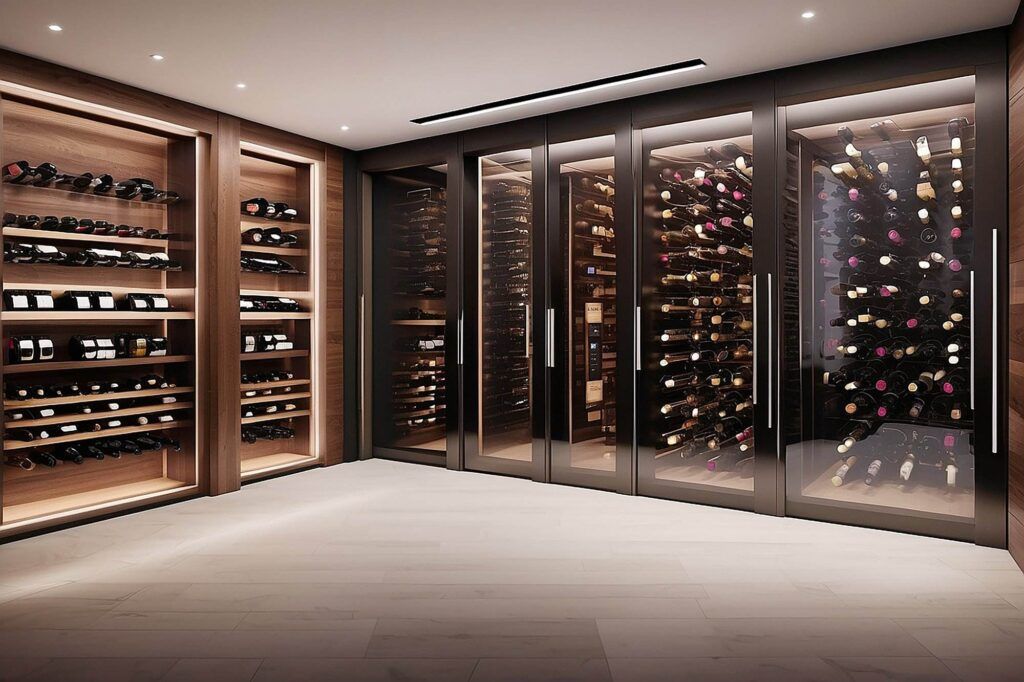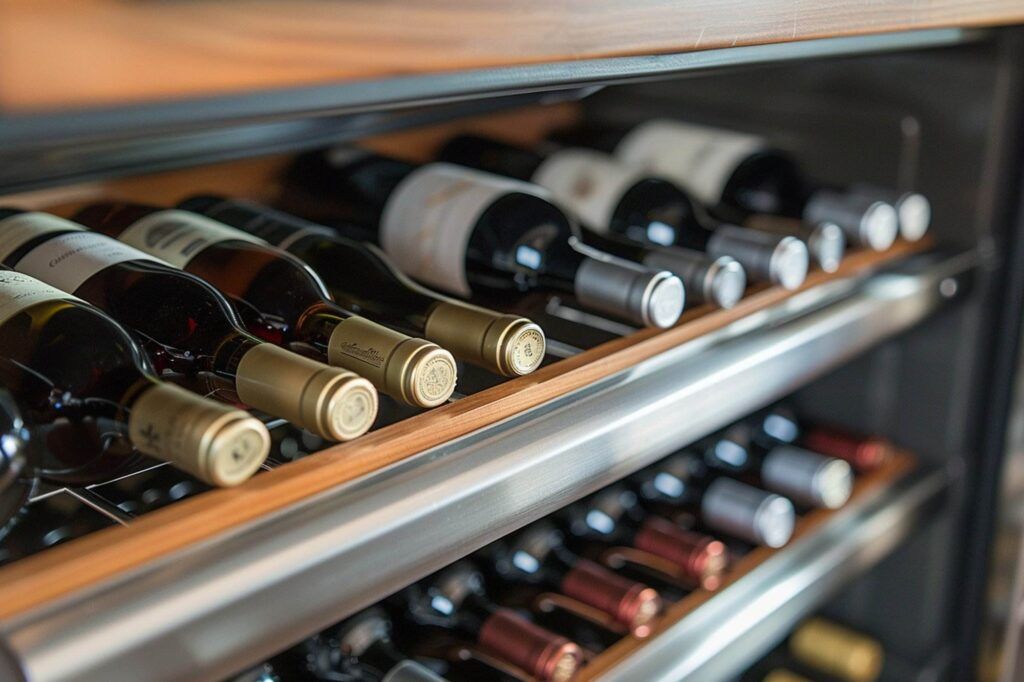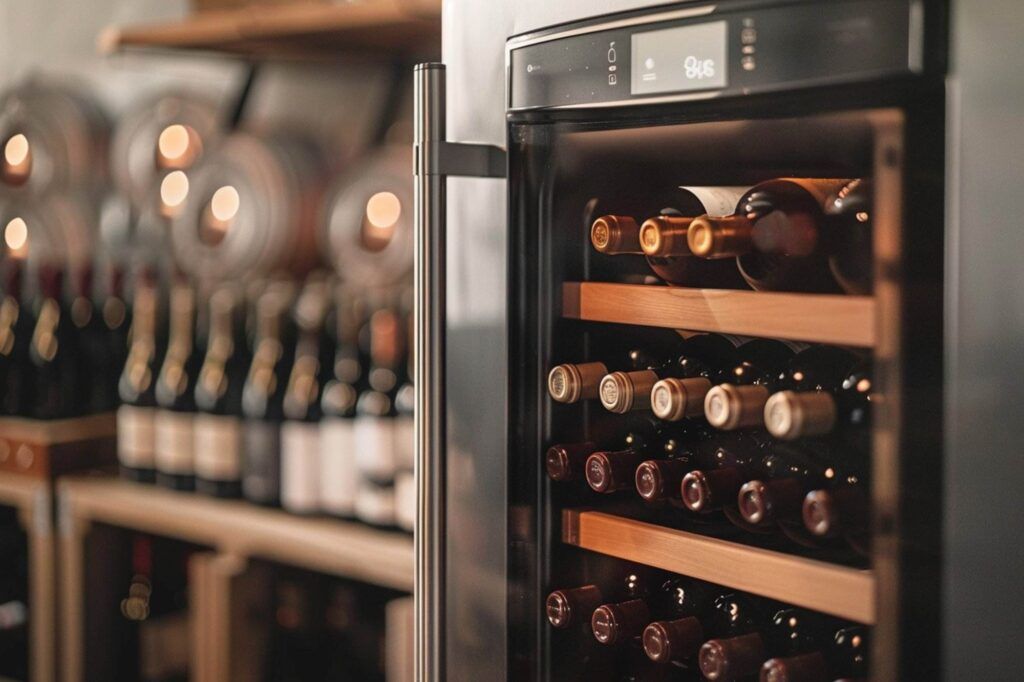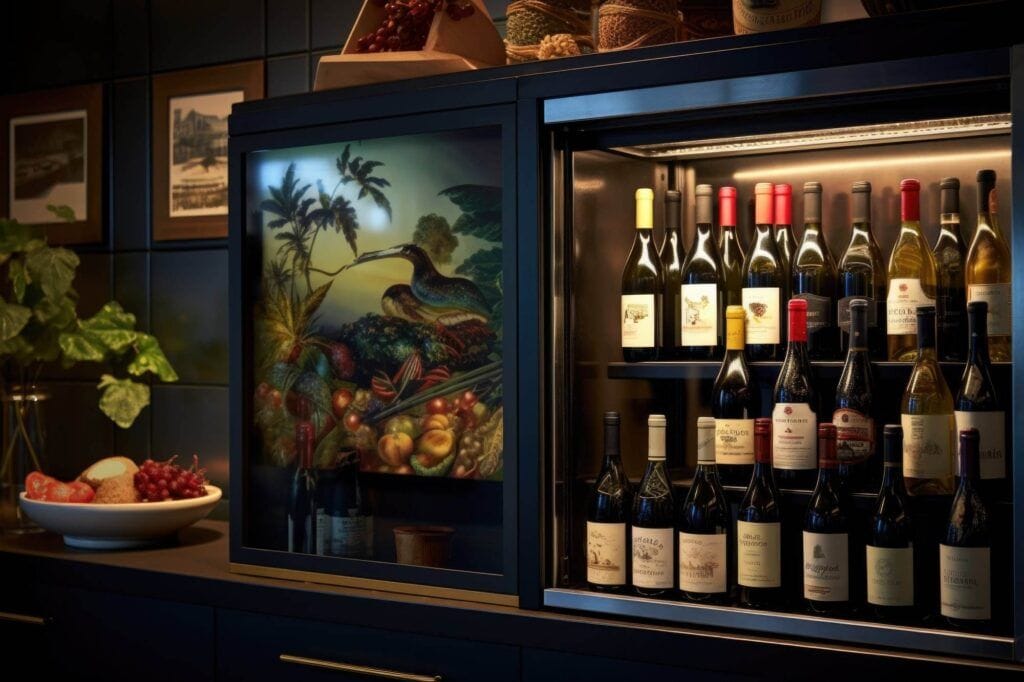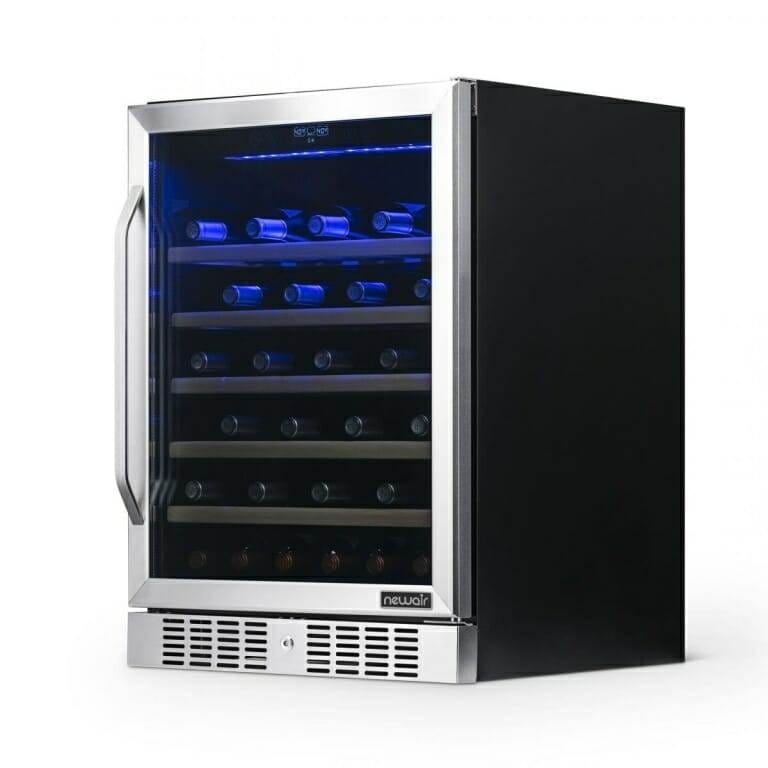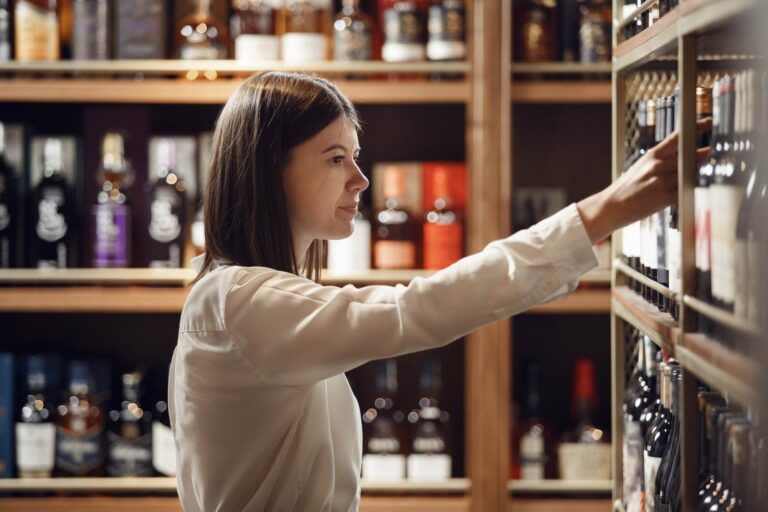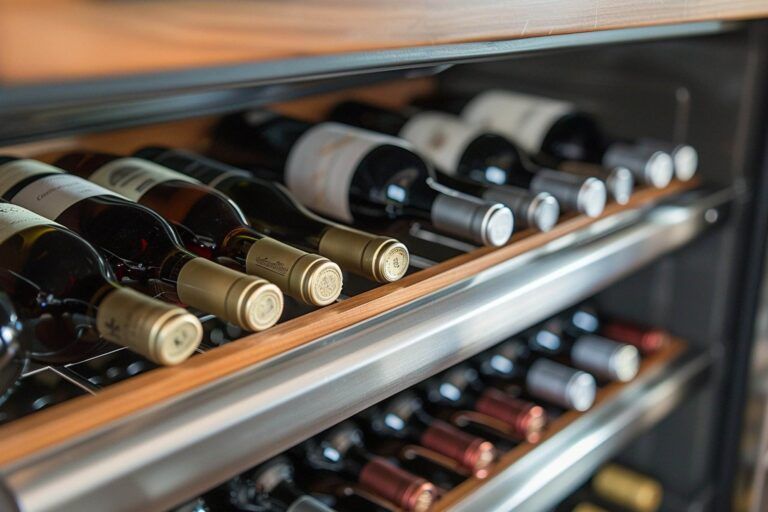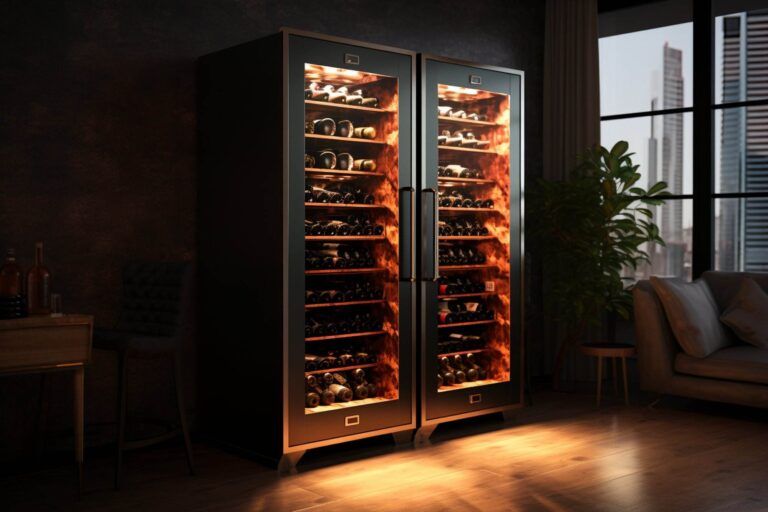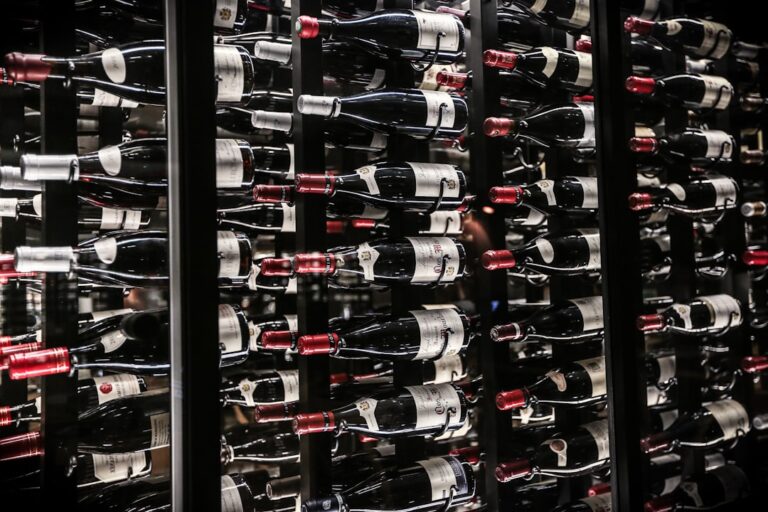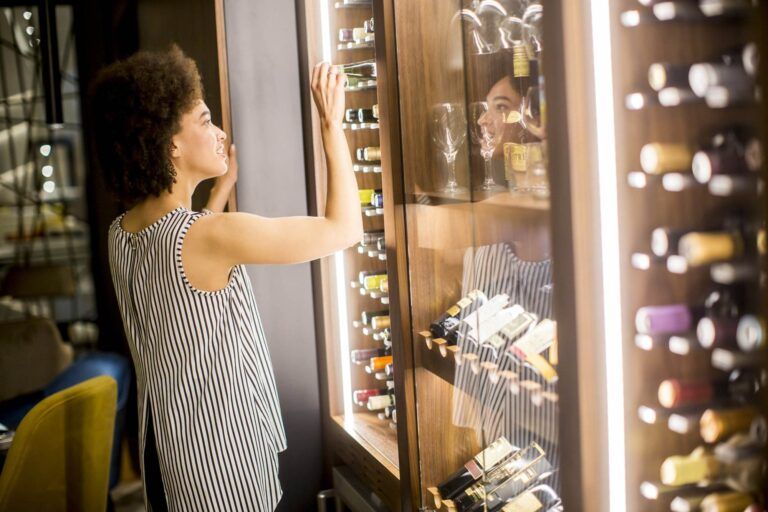Maintaining Your Wine Refrigerator: Tips and Tricks at Wine Hardware
Introduction
Maintaining a wine refrigerator is essential for any wine enthusiast or collector. Proper care and attention to your wine refrigerator will ensure that your wines are stored at the optimal conditions for aging and enjoyment. In this guide, Wine Hardware provides valuable tips and tricks for keeping your wine refrigerator in top shape. From cleaning and organization to temperature control and troubleshooting, this guide covers all aspects of maintaining your wine refrigerator for the best wine storage experience.
A brief overview of the importance of maintaining a wine refrigerator
Proper maintenance of a wine refrigerator is crucial for wine enthusiasts and collectors. Maintaining the ideal temperature and humidity levels ensures that wines age gracefully and retain their quality. Regular cleaning and organization prevent unwanted odors and preserve the integrity of the wines. By ensuring proper air circulation and ventilation, wine refrigerators can prevent temperature fluctuations and maintain consistent conditions. A well-maintained wine refrigerator guarantees that each bottle is stored in optimal conditions, ready for enjoyment whenever desired.
Common issues with wine refrigerators and the need for proper maintenance
Wine refrigerators can experience common issues that require proper maintenance. Temperature fluctuations can spoil the taste and aroma of the wines, while inadequate humidity levels can cause corks to dry out. Faulty seals and leaks can lead to air entering the unit, affecting the stored wines. Regular maintenance ensures that these issues are addressed promptly, preserving the quality and value of your wine collection. Wine Hardware offers tips and solutions for maintaining your wine refrigerator effectively.
Cleaning and Organization
Keeping a wine refrigerator clean and organized is crucial for maintaining the quality of your wine collection. Regular cleaning of the interior and exterior of the unit is essential to prevent any build-up of dirt or bacteria. Wine Hardware recommends using mild soap and water or a specialized cleaner for stainless steel surfaces. It is also important to organize the bottles properly to maximize space and efficiency. Using wine racks or dividers can help prevent bottles from rolling and potentially breaking.
Cleaning tips for the interior and exterior of a wine refrigerator
To maintain the cleanliness of a wine refrigerator, Wine Hardware recommends using mild soap and water or a specialized cleaner for stainless steel surfaces. Simply wipe down the interior and exterior with a soft cloth or sponge to remove any dirt or residue. Avoid using abrasive cleaners or scrubbers that may scratch the surfaces. Regular cleaning will help prevent any build-up of dirt or bacteria and keep your wine refrigerator looking and functioning its best.
Organizational strategies to maximize space and efficiency
Organizational strategies are essential for maximizing space and efficiency in a wine refrigerator. Wine Hardware recommends using wine bottle racks or shelves to keep bottles neatly organized and easily accessible. Utilize adjustable shelves to accommodate different bottle sizes and shapes. Consider using dividers or separators to create sections for different types of wine. Labeling each section can make it easier to locate specific bottles. Additionally, arranging bottles in a vertical position allows for optimal air circulation and helps prevent sediment disturbance.
Temperature and Humidity Control
Understanding the optimal temperature and humidity levels for storing wine is crucial for maintaining its quality. Wine Hardware recommends keeping the temperature between 45°F and 65°F to prevent the wine from aging too quickly or spoiling. A humidity level of around 70% helps preserve the cork and prevent it from drying out. It is important to regularly monitor and adjust the temperature and humidity settings to ensure the wine remains in optimal conditions.
Understanding the optimal temperature and humidity levels for storing wine
Maintaining the proper temperature and humidity levels in a wine refrigerator is crucial for preserving the quality of the wine. The optimal temperature range is between 45°F and 65°F to prevent rapid aging or spoilage. A humidity level of around 70% helps preserve the cork and prevents it from drying out. Monitoring and adjusting these settings regularly ensures that the wine remains in optimal conditions.
Tips for adjusting and monitoring temperature and humidity in a wine refrigerator
To ensure the optimal conditions for storing wine, here are some tips for adjusting and monitoring temperature and humidity in a wine refrigerator. Firstly, invest in a thermometer and hygrometer to accurately measure and monitor these levels. Adjust the temperature settings as needed to maintain a range between 45°F and 65°F. Use a humidifier or dehumidifier to maintain a humidity level around 70%. Regularly check and calibrate the thermometer and hygrometer to ensure accurate readings. Keep track of any fluctuations and make necessary adjustments promptly.
Air Circulation and Ventilation
Proper air circulation and ventilation are crucial for maintaining the optimal conditions inside a wine refrigerator. Adequate airflow helps prevent temperature fluctuations and ensures even cooling throughout the unit. To promote air circulation, avoid overloading the shelves and leave enough space between bottles. Additionally, regularly clean the vents and fan to prevent blockages and maintain efficient ventilation. This will help keep your wine refrigerator functioning at its best.
Importance of proper air circulation and ventilation in a wine refrigerator
Proper air circulation and ventilation are essential for a wine refrigerator’s optimal performance. It ensures even cooling throughout the unit, minimizing temperature fluctuations that can harm the wine. Adequate airflow also helps prevent the formation of mold and mildew, which can spoil the wine and affect its taste. By promoting air circulation, wine enthusiasts can maintain the ideal conditions for their collection and preserve the quality of their wines for longer periods.
Strategies to ensure adequate airflow and prevent temperature fluctuations
To ensure adequate airflow and prevent temperature fluctuations in a wine refrigerator, there are several strategies that wine enthusiasts can employ. First, it is important to avoid overcrowding the unit and allow for proper spacing between bottles. This allows for better air circulation. Additionally, arranging bottles in a way that allows for the free flow of air around them can help maintain consistent temperatures. Lastly, regularly checking and cleaning the air vents and filters of the wine refrigerator can ensure that airflow is not obstructed.
Maintenance Checklist
A comprehensive checklist for routine maintenance of a wine refrigerator
- Regularly clean the interior with a mild detergent solution to remove any spills or residue.
- Wipe the exterior surface with a soft cloth and a mixture of warm water and mild soap.
- Check the door seals for any signs of wear or damage. Replace if necessary to maintain an airtight seal.
- Inspect and clean the condenser coils to remove dust and debris that can hinder performance.
- Keep the area around the wine refrigerator free from clutter and ensure proper ventilation.
- Monitor the temperature and humidity levels regularly to ensure they are within the optimal range.
- Check the filters and vents for any blockages and clean if needed to maintain proper airflow.
- Inspect the power cord for any signs of damage and make sure it is securely plugged into a grounded outlet.
- Regularly check for any leaks or unusual noises coming from the wine refrigerator.
- Follow the manufacturer’s recommendations for any additional maintenance tasks specific to your model.
Recommendations for scheduled maintenance tasks to keep your unit functioning optimally
Regularly schedule the following maintenance tasks to ensure optimal performance of your wine refrigerator. Clean the interior and exterior surfaces using a mild detergent solution. Check and replace worn or damaged door seals to maintain an airtight seal. Clean the condenser coils to remove dust and debris. Keep the surrounding area free from clutter and ensure proper ventilation. Monitor temperature and humidity levels. Check and clean filters and vents. Regularly inspect the power cord for damage. Follow manufacturer’s recommendations for additional maintenance tasks.
Troubleshooting and Repairs
Common problems with wine refrigerators and troubleshooting steps
Wine refrigerators can experience common issues that may affect their performance. If the unit is not cooling properly, check the temperature settings and ensure proper air circulation. If unusual noises are heard, check for level placement and loose components. In case of persistent problems, contacting Wine Hardware customer support is advisable for further troubleshooting assistance.
When to seek professional help and tips for DIY repairs.
If your wine refrigerator is experiencing persistent issues despite your troubleshooting efforts, it may be time to seek professional help. Wine Hardware provides customer support for troubleshooting assistance and can guide you on whether repairs are required. However, for minor issues, DIY repairs can be attempted. Wine Hardware recommends referring to the product manual for specific troubleshooting steps and cautions against attempting any repairs that may void the warranty.

